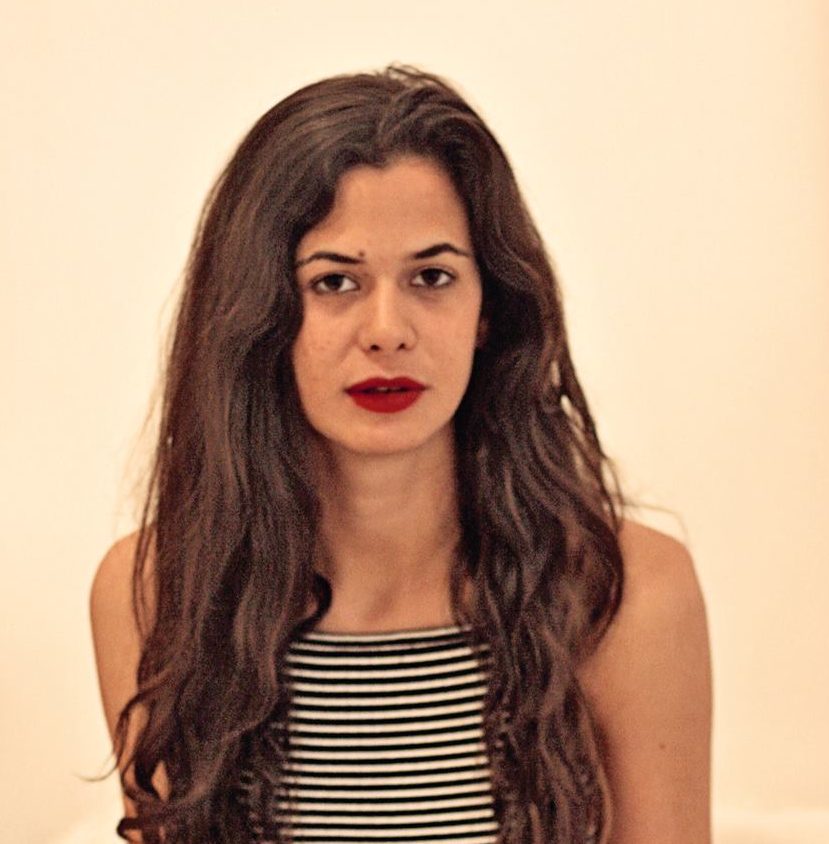As the winter holidays approach and temperatures drop, it’s time to snuggle up under a blanket with your hot drink of choice and a brilliant book.
Welcome to the fourth edition of our Human Rights Reads series (see also the first, second and third), which pulls together some of our favorite recent books dealing with key human rights themes.
1. Exit West, Mohsin Hamid (Penguin, 2017)
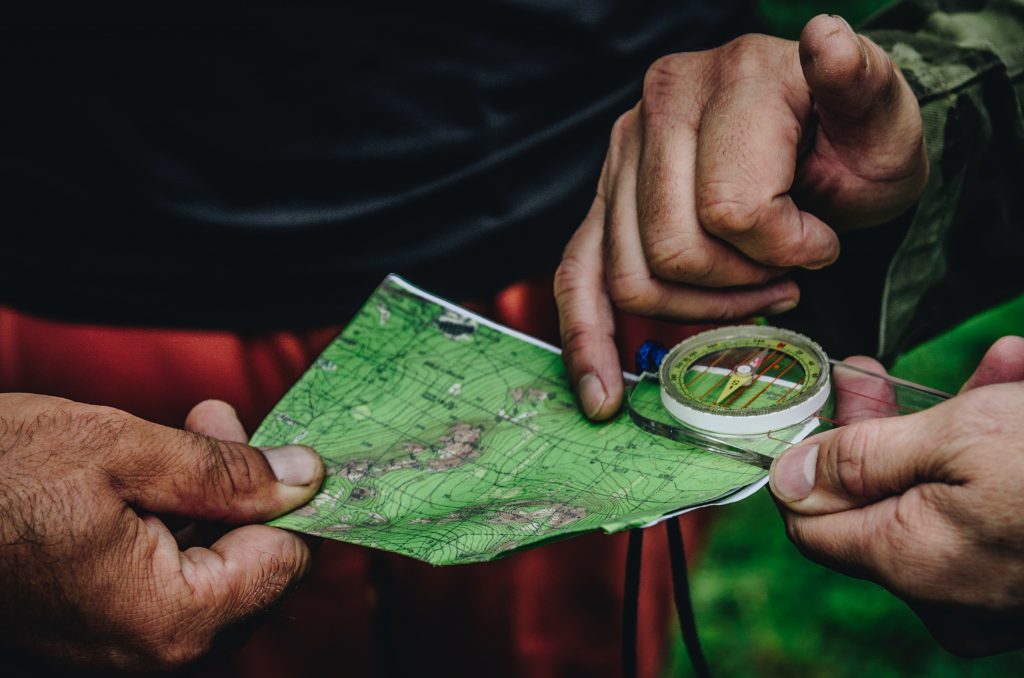 Image Credit: Daniil Silantev / Unsplash
Image Credit: Daniil Silantev / Unsplash
It begins as a love story, but Mohsin Hamid’s Exit West is actually a thoughtful and beautifully written novel about refugees that “feels instantly canonical”. The two characters, Saeed and Nadia, live – and fall in love – in an unnamed country on the verge of civil war, from which they’ll ultimately be forced to flee. In this world refugees can travel to other countries through magical doors that mysteriously pop up. These doors become a global system of exit and entry allowing Saeed and Nadia, and many others, to find a better place to live.
This unique book in which “global migration meets magic” offers us a special viewpoint on the refugee crisis, challenging us to imagine and embrace a future in where we’ll all be migrants. It’s a novel full of suffering but also positivity and humanity.
2. The Refugees, Viet Thanh Nguyen (Corsair, 2017)
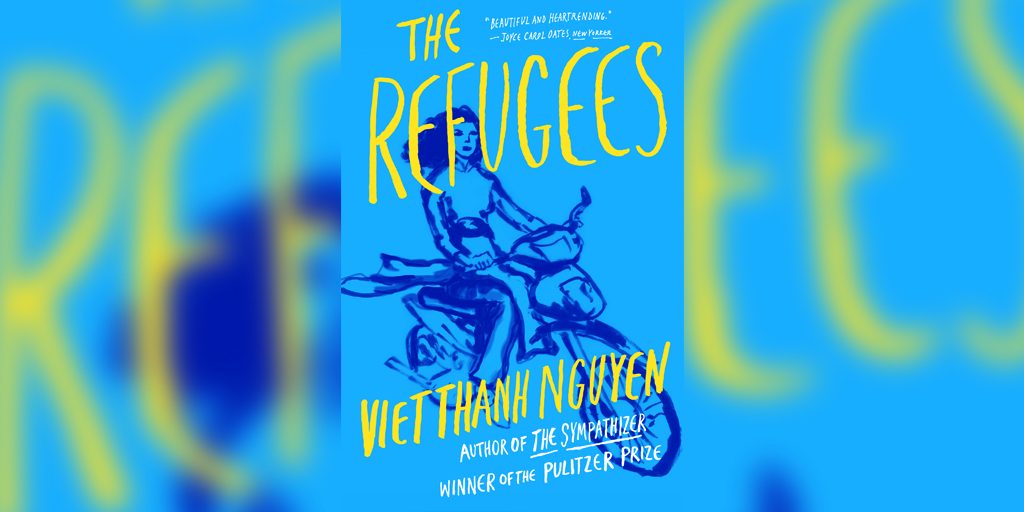 Image Credit: Grove Paperback
Image Credit: Grove Paperback
Viet Thanh Nguyen’s collection of short stories, The Refugees, is dedicated to “all refugees, everywhere”. The collection is a follow-up to Nguyen’s Pulitzer Prize-winning novel The Sympathiser and focuses on the displacement and exile of Vietnamese people who fled to California. It has a clear and universal message: this how it feels and what it means to be a refugee. It’s something of which Nguyen has a first-hand experience, as he arrived in the United States of America in 1975, living in a camp for Vietnamese refugees. The stories take place in the 1980s, but they could not have been timelier.
3. The Best We Could Do, Thi Bui (Abrams, 2017)
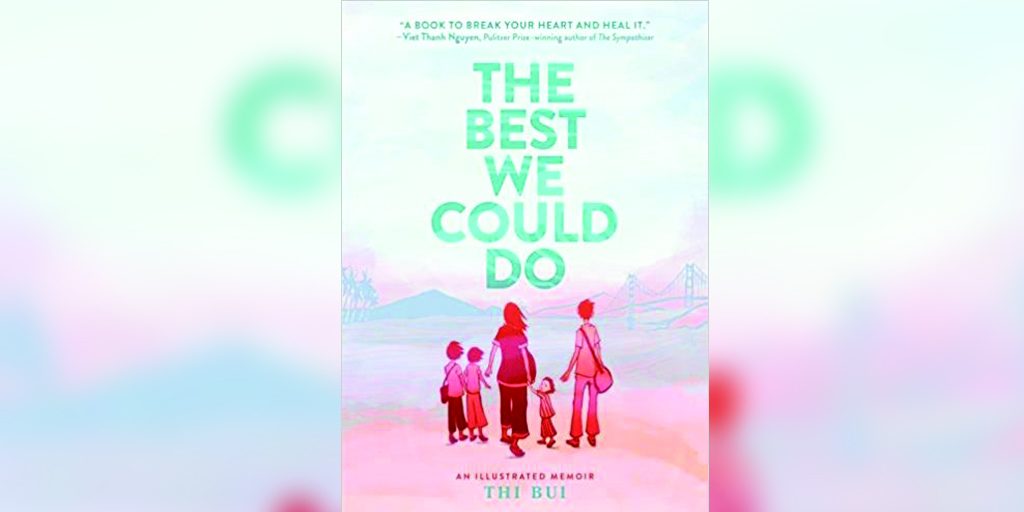 Image Credit: Abrams
Image Credit: Abrams
Debut author Thi Bui shares a common history with Nguyen. They both came to the United States of America as refugees fleeing war-torn Vietnam and they both turned their experience into great literature. Whereas Nguyen went for a collection of short stories, Bui opted for an heartfelt illustrated memoir. The result is just as brilliant. Nguyen himself saluted it as, “a book to break your heart and heal it”, and Bill Gates included it in his top five books of 2017.
4. Threads, Kate Evans (Verso, 2017)
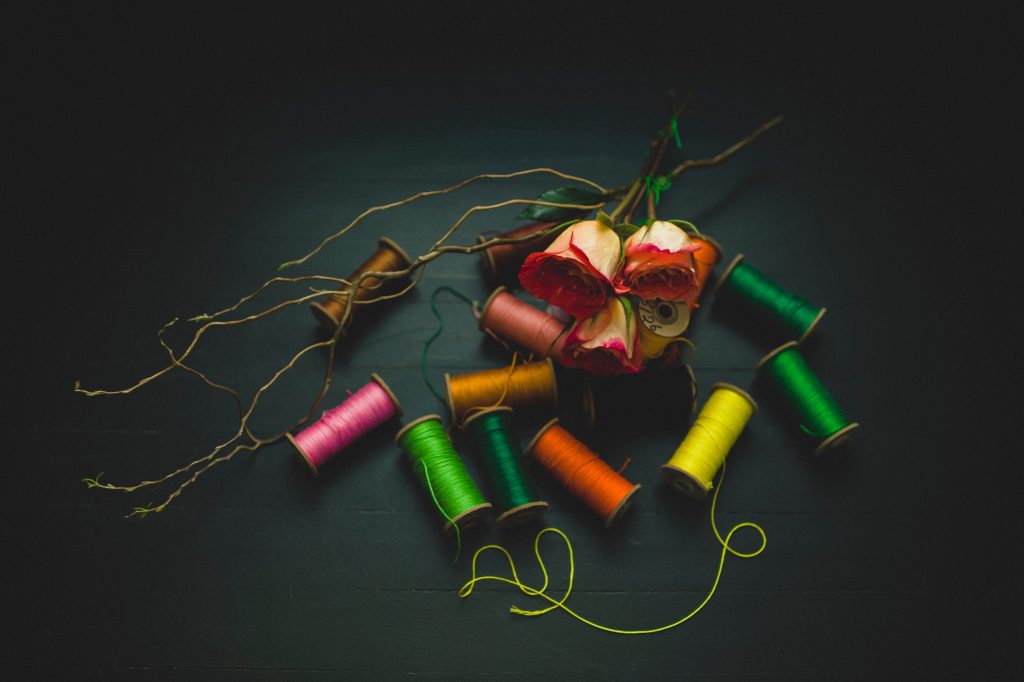
Image Credit: Frank Mckenna / Unsplash
Artist and activist Kate Evans travelled to the Calais refugee camp – commonly known as “the Jungle” – in northern France with her sketchbook and a open mind. Her new graphic novel, Threads: From the Refugee Crisis, is an urgent and heartbreaking account of the refugee situation. It’s been saluted as “comics journalism at its finest”, and rightly so.
5. We Crossed a Bridge and It Trembled, Wendy Pearlman (Custom House, 2017)
 Image Credit: Dan Gribbin / Unsplash
Image Credit: Dan Gribbin / Unsplash
This is oral history at its best. Wendy Pearlman tells the story of those who’ve been forced to flee from Syria by allowing Syrians to speak for themselves.
She carefully collected interviews and put them together, leaving the Syrians’ voices as raw and unfiltered as possible, adding an excellent introduction on Syria’s recent history and Assad’s regime. One common message comes out from the collection of – very short – stories: how the Syrians feel completely abandoned by the rest of the world.
6. Human Acts, Han Kang (Granta, 2016)
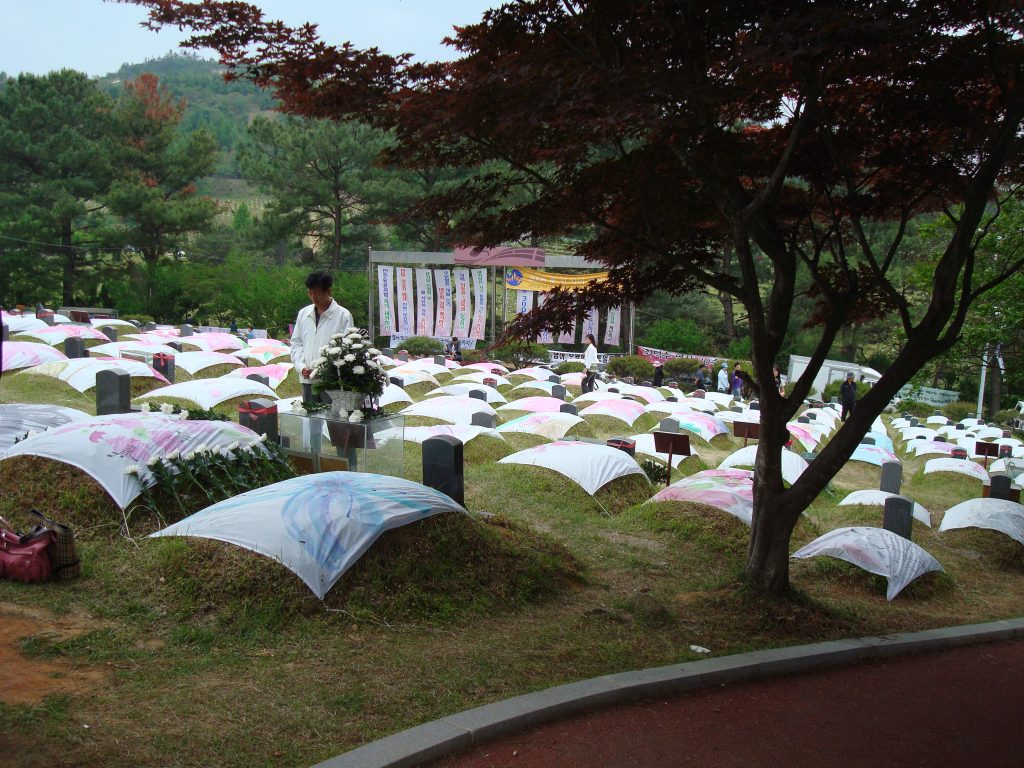 A cemetery where the victims were buried. Image Credit: Rhythm / Wikimedia
A cemetery where the victims were buried. Image Credit: Rhythm / Wikimedia
In May 1980, a students’ protest against martial law in the streets of Gwangju, South Korea, was ferociously struck down, with an estimated 1,000-2,000 people brutally murdered. Writer Han Kang, who was born and raised in Gwangju, tells us about it in Human Acts, a collection of interconnected chapters, each telling the story of someone scattered by the atrocities of that day.
Through her writing, this bloody episode from South Korea’s recent past becomes the foundation for an unsettling reflection on humanity. As Kan herself said, Gwangju is emblematic of all the greatest atrocities of the 20th century and beyond.
7. Myanmar’s Enemy Within, Francis Wade (Zed, 2017)
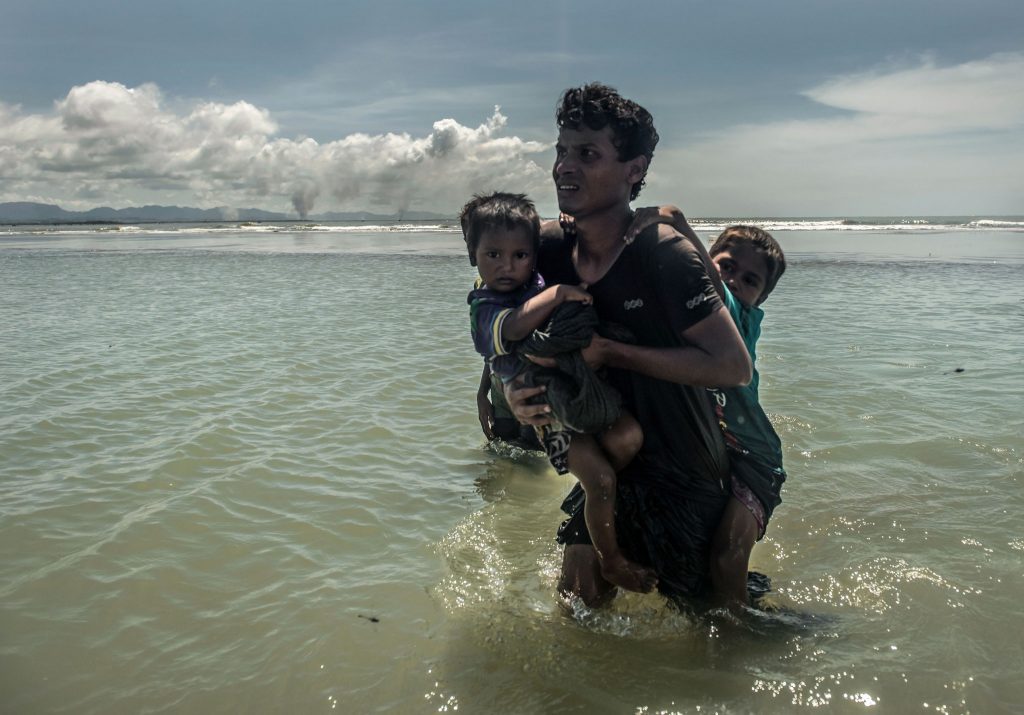 Image: Rohingyas fleeing Myanmar, CAFOD Photo Library / Flickr
Image: Rohingyas fleeing Myanmar, CAFOD Photo Library / Flickr
This has been dubbed “the book that foresaw the assault on the Rohingyas”. In fact, while journalist Francis Wade has been covering the situation in Myanmar for years, his 300 page in-depth analysis of the matter reached bookshops’ shelves only 10 days before violence in the country began (again) this summer.
Myanmar’s Enemy Within analyzes how the Rohingya refugee crisis arose from a “perfect storm” of ethnic and religious discrimination, fuelled by Myanmar’s ongoing transition from military rule to democracy. A must-read explainer on the complex roots of a genocide that’s going on right now.
8. Citizen: An American Lyric, Claudia Rankine (Graywolf Press, 2014)
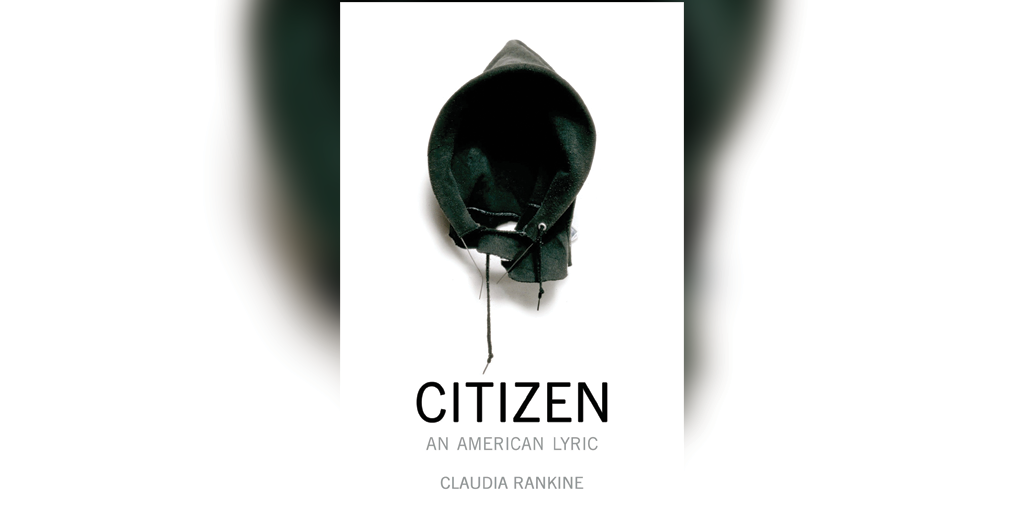 Image Credit: Greywolf Press
Image Credit: Greywolf Press
In August 2014, police in the American city of Ferguson shot and killed Michael Brown, an unarmed black teenager. Protests over his killing gave birth to the Black Lives Matter movement. Weeks later, lyric poet and playwright Claudia Rankine visited (and wrote about) Ferguson. Her book-length poem, Citizen: An American Lyric was published shortly afterwards and became strongly connected with the building of the social justice movement. Rankine’s work is a powerful account of how racism is embedded in American society. It’s also an appeal for us to stop looking away and acknowledge that this is everyone’s problem.
To address the visual component of race and of perception, original paintings, photographs and conceptual art are interspersed with the text of the poem.
9. Between the World and Me, Ta-Nehisi Coates (Spiegel & Grau, 2015)
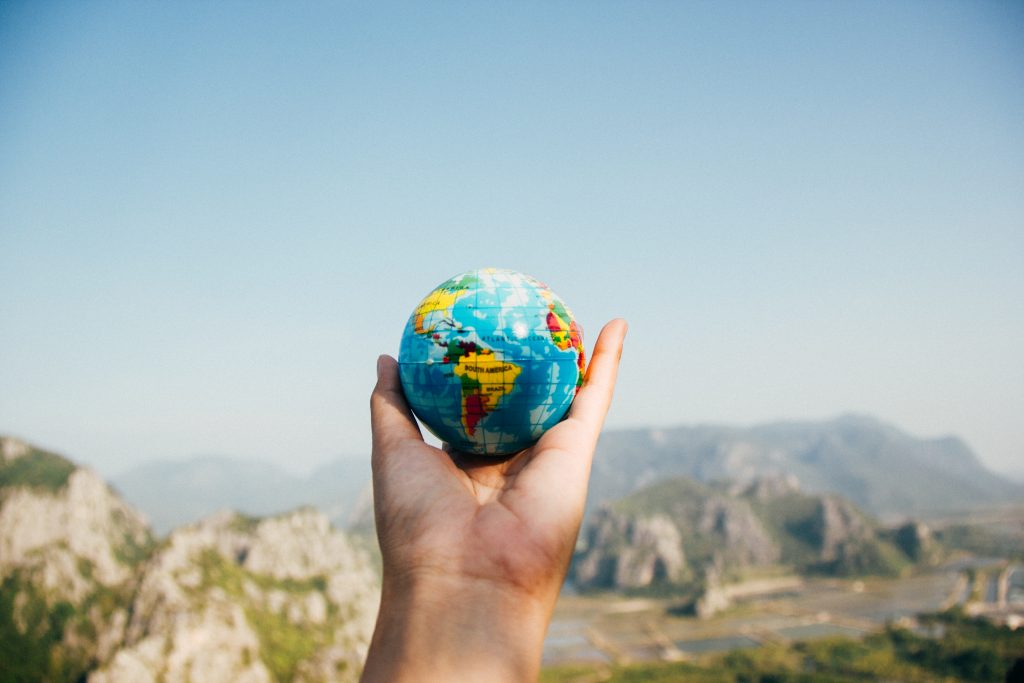 Image Credit: Porapak Apichodilok / Pexels
Image Credit: Porapak Apichodilok / Pexels
In 2015, journalist Ta-Nehisi Coates penned a long, hard and beautiful letter to his son about being black in America. It begins with him struggling in the aftermath of Ferguson. Coates’ work, which was inspired by American writer and social critic James Baldwin, has been said to be “a call to wake you up” and is an essential read if you want to better understand racism in America.
10. The Power, Naomi Alderman (Viking, 2016)
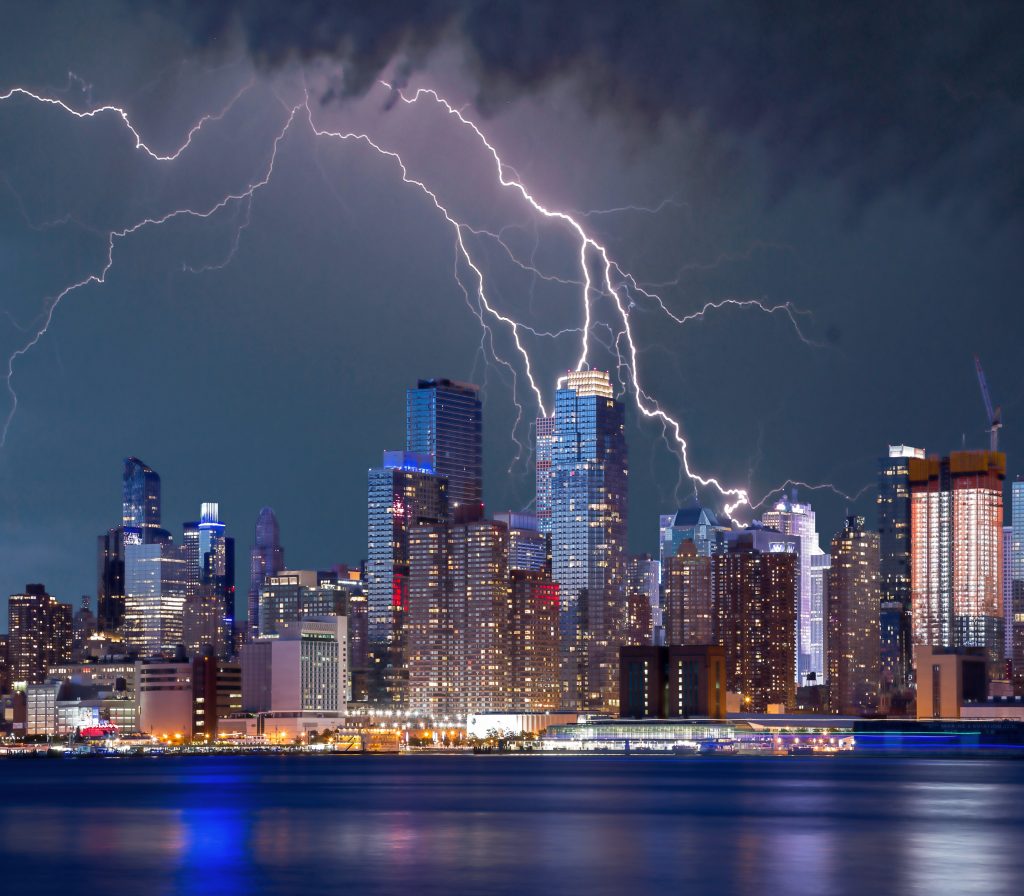
Image Credit: Pexels
A shocking gender war in which girls and women hold all the power: Naomi Alderman’s bestselling book has been defined “a feminist dystopia for the #MeToo movement”.
And it’s literally electric: it imagines a future where girls and women develop a power to hurt or kill men with a single electrocuting touch. What would happen if girls ruled the world? A sparkling and brilliant work asking us to rethink the interweavings of gender, power, and society.
11. The Handmaid’s Tale, Margaret Atwood (Penguin, 1985)
 Image Credit: Channel 4
Image Credit: Channel 4
It’s has been said that “Alderman has written our era’s Handmaid’s Tale”, but the original Handmaid’s Tale seems more relevant now than ever. So we’re cheating and including it as a recent read. Margaret Atwood’s dystopian novel depicts how grim the world would be if women were to be stripped of all their rights. The book, which gained new popularity this year with the broadcasting of a (must-watch) TV series, really is a masterpiece of our times. Everyone should read it.


